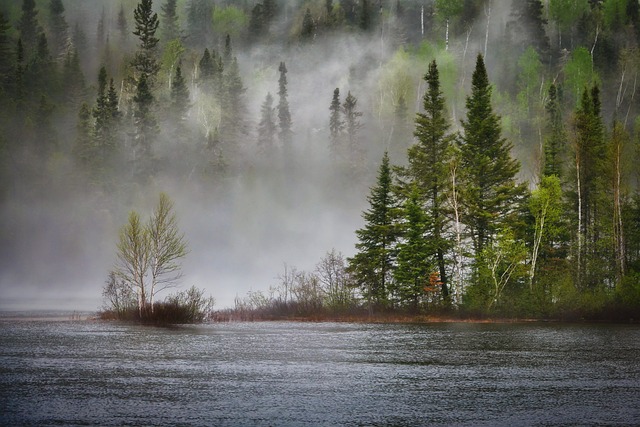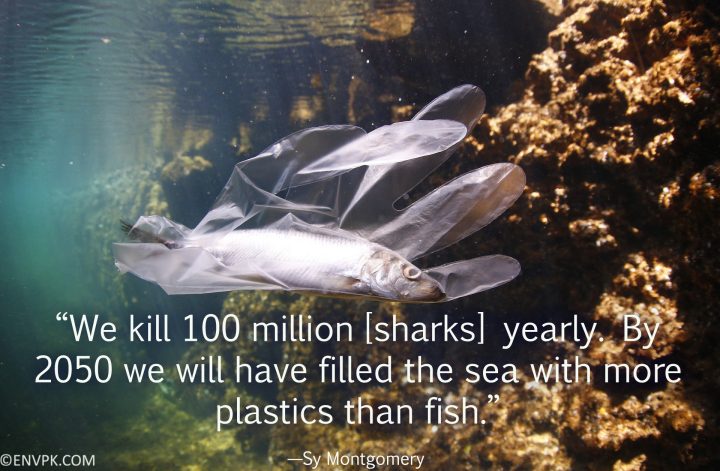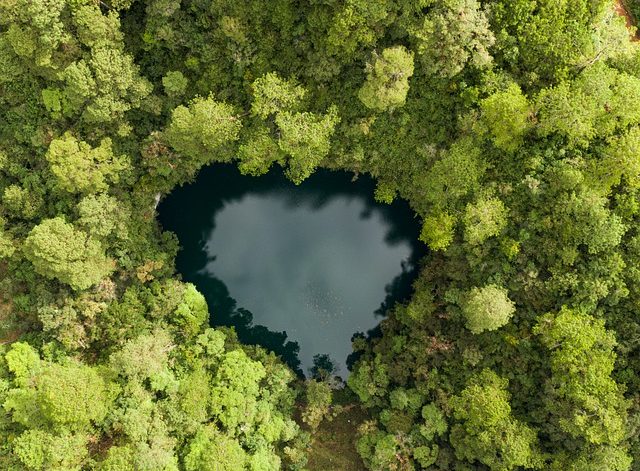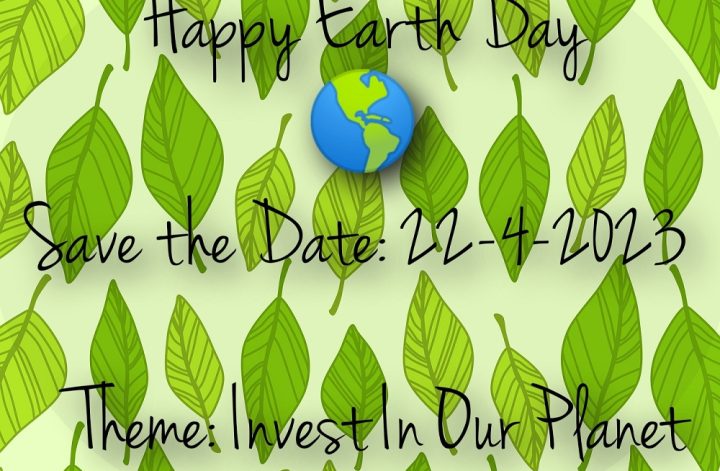What are Natural Ecosystems?
As the name indicates, a natural ecosystem refers to an ecosystem created by the natural presence and interaction of various organisms within the environment such as oceans, rainforests etc. The key difference between a natural ecosystem and an artificial one is that the former requires human assistance to continue operating whereas the latter requires none and is self-sustaining.
Threats to Natural Ecosystems and their Causes and Effects
Nature is under threat by natural as well as man-made causes. Many of these causes however, are man-made and inter-linked. It comes as no surprise that managing one cause can mitigate the other impacts as well. Some of the threats and their respective causes are mentioned below:
- THREAT- Climate Change
EFFECT– First and foremost the main effect on almost all natural ecosystems is that of climate change as heat waves, cold spells, droughts, high precipitation in regions that have never experienced it before can alter the species habitat, growth patterns, food availability, increase competition due to invasions and lead to mass migrations that will further disrupt their ecosystems.
CAUSE– it is driven by anthropogenic activities mainly air, water and land pollution, emission of greenhouse gases and use of fossil fuels that have resulted in heat being trapped in the Earth’s atmosphere and changes in the climatic conditions.
For detailed information: Climate change and its Causes and Effects
- THREAT- Overexploitation of Resources
EFFECT– Foregoing moderation and choosing to actively consume and utilize natural resources carelessly has burdened the resource pool of the earth that cannot renew it fast enough than it is being consumed. This has led to food shortages, water scarcity, power and fuel shortages, inflation and in equal resource distribution which are projected to worsen if immediate corrective actions are not implemented.
CAUSE– using fossil fuels, fisheries, groundwater, landfill sites etc without any check and balance has led to human health, environmental and habitat degradation and the collapse of many ecosystems due to loss of biodiversity.
You may also be interested in: Overfishing and Fish Stock Depletion – Causes, Effects, Solutions and Tar Sands Extraction Destroying Environment – Causes, Effects, Solutions
- THREAT- Urbanization
EFFECT– as human population continues to grow, better lifestyles are sought which lead to more urban development and dense cities are formed by acquisition and clearance of more land via deforestation and construction of roads that lead to habitat fragmentation which drives the species to invade other habitats or isolate members of the same species ultimately leading to species loss.
CAUSE– No urban city limits are set for cities that continually expand as a result of mass migration of people. No protection is given and no measures are taken to protect flora and fauna in the vicinity.
For detailed information, read: Urbanization – Causes, Effects, and Solutions
- THREAT- Natural Disasters
Extreme events like thunderstorms, cyclones, hurricanes, tsunamis, wildfires, droughts, famines, flooding, soil erosion, land sliding etc. are some of the only natural causes that can affect ecosystems negatively. Also Increasing Natural Disasters due to Climate Change are exacerbating this issue.
Management of Threats to Ecosystems – What can we do about threats to our Ecosystems?
Almost all of the major threats to natural ecosystems are man-made and caused by unsustainable practices, lifestyles and improper resource utilization. However, there is room for correctly managing and mitigating the harmful effects on the natural ecosystems.
The main corrective action is to keep sustainable development in mind whenever disruption of a natural ecosystem due to a project or activity is a concern. There are many methods that can be applied to properly manage and protect ecosystems such as by strategically designing buildings in a way that they don’t harm any flora or fauna, choosing construction sites after conducting thorough baseline studies of the existing environmental conditions and ensuring that no endangered or protected species is located in the area. Check out: How Can We Make Our Cities Sustainable (An Eco-City)?
Besides this, we can also carefully monitor industries such as agricultural, poultry, fisheries and others and ask them to develop natural resource management plans. Apart from this, in cases where degradation has already occurred, the focus should be put on remediation, rehabilitation and restoration of the ecosystem as much as it is possible. Also check read: Types of Bioremediation and Their Advantages and Disadvantages
Climate change adaptation measures should also be made a priority. For more information, read: What is Climate Change Adaptation? – Importance and Methods.
Furthermore, protection should be given to biodiversity hotspots and endemic species of flora and fauna in order to increase and preserve biodiversity effectively. Lastly, urban city limits should be strictly set to prevent habitat loss of animals due to land clearance as well as unpleasant human-animal encounters that will inevitably lead to loss of life.
As the world is trying to shift to more sustainable means of energy production and resource utilization to combat the effects of climate change currently being experienced around the world, it is crucial than ever to reduce the causes and incorporate effective ways to mitigate the threats generated by anthropogenic sources.
We hope you liked this post! Please comment below if you have any suggestions, comments or feedbacks! We at #envpk love hearing from readers! Thanks.




